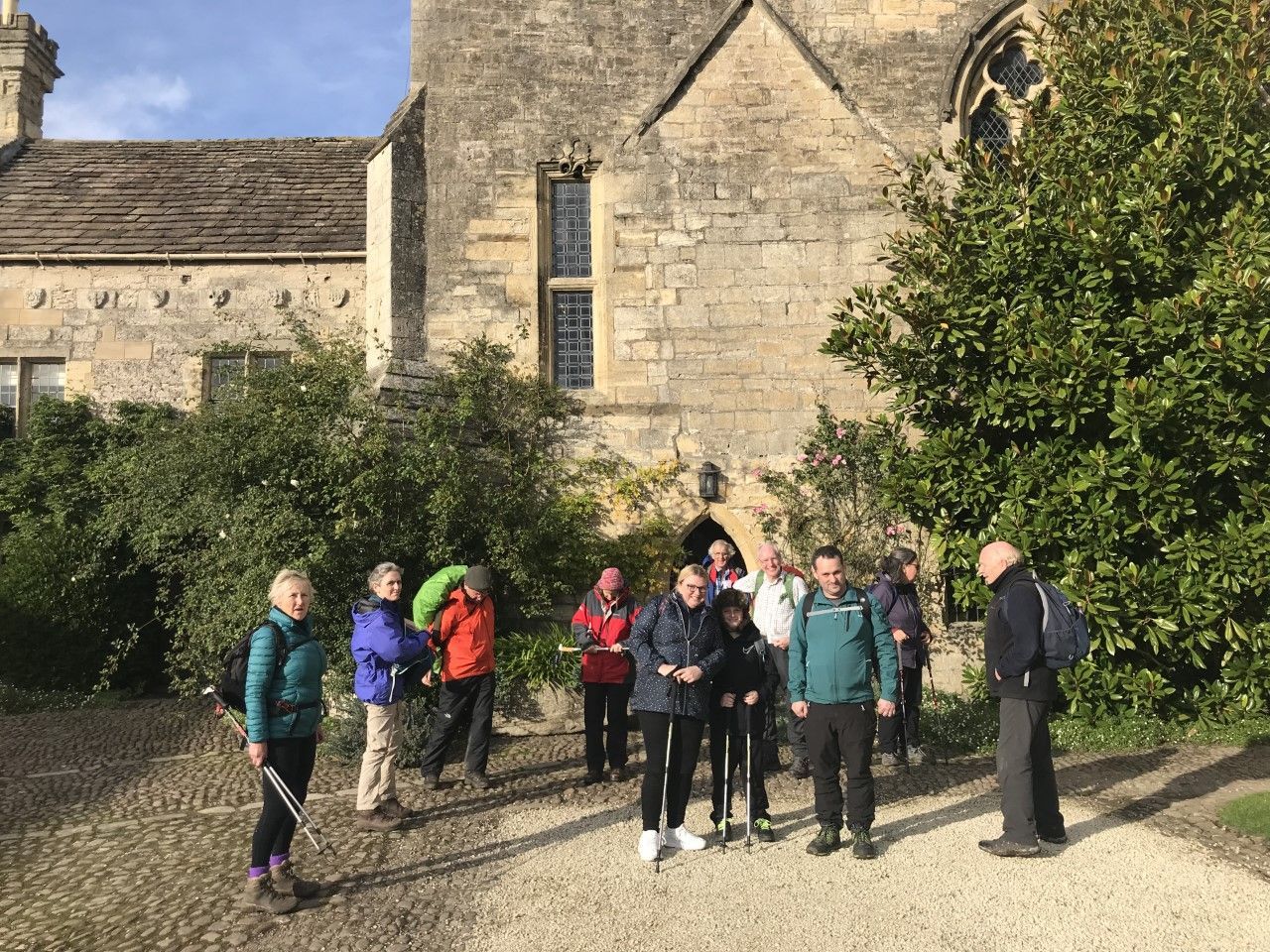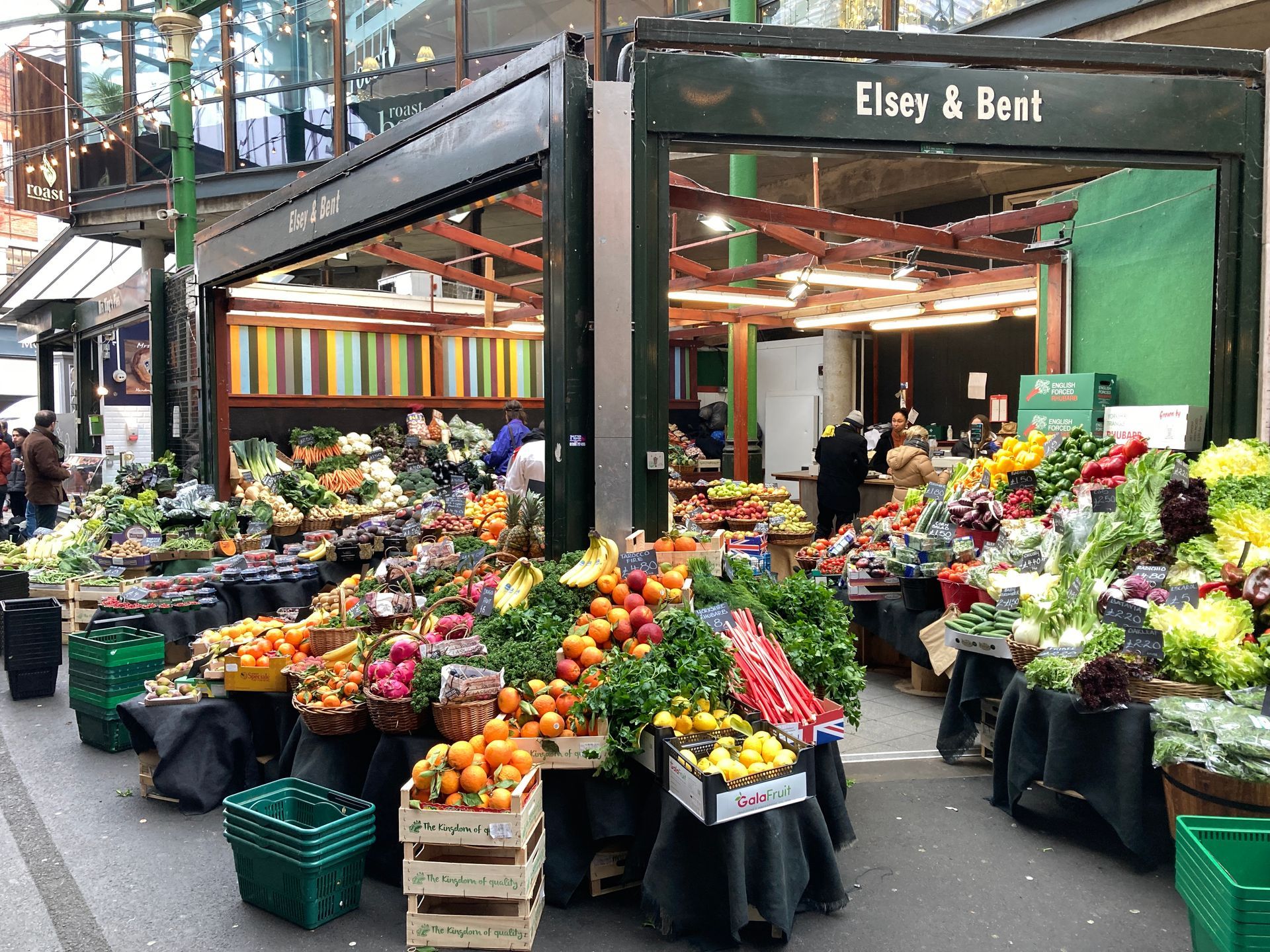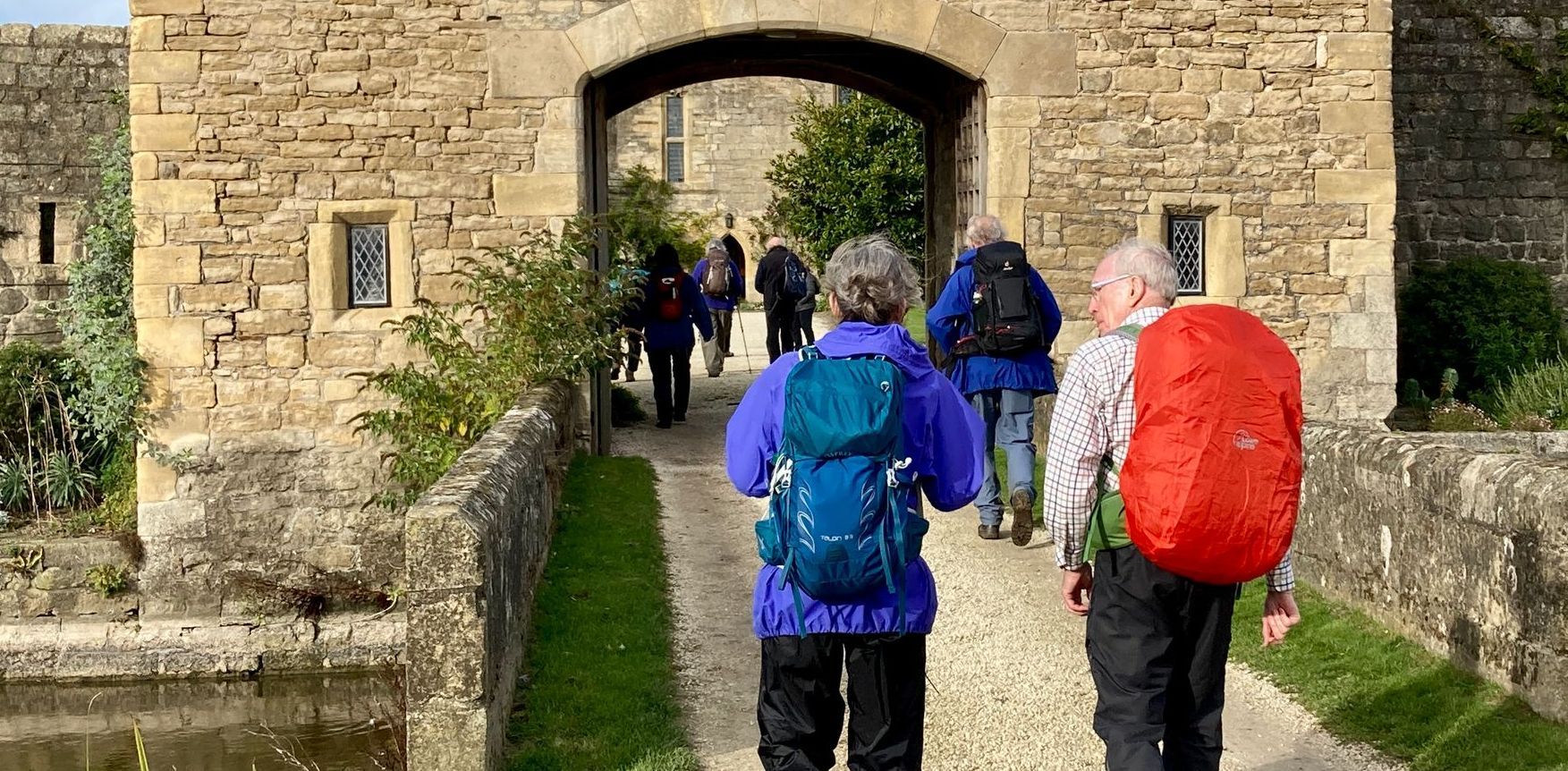The Romero Way
A Pilgrim Way for the Archdiocese of Southwark from the Catholic Cathedral of St George in Southwark to the Anglican Cathedral of St Saviour & St Marie Overie in Southwark
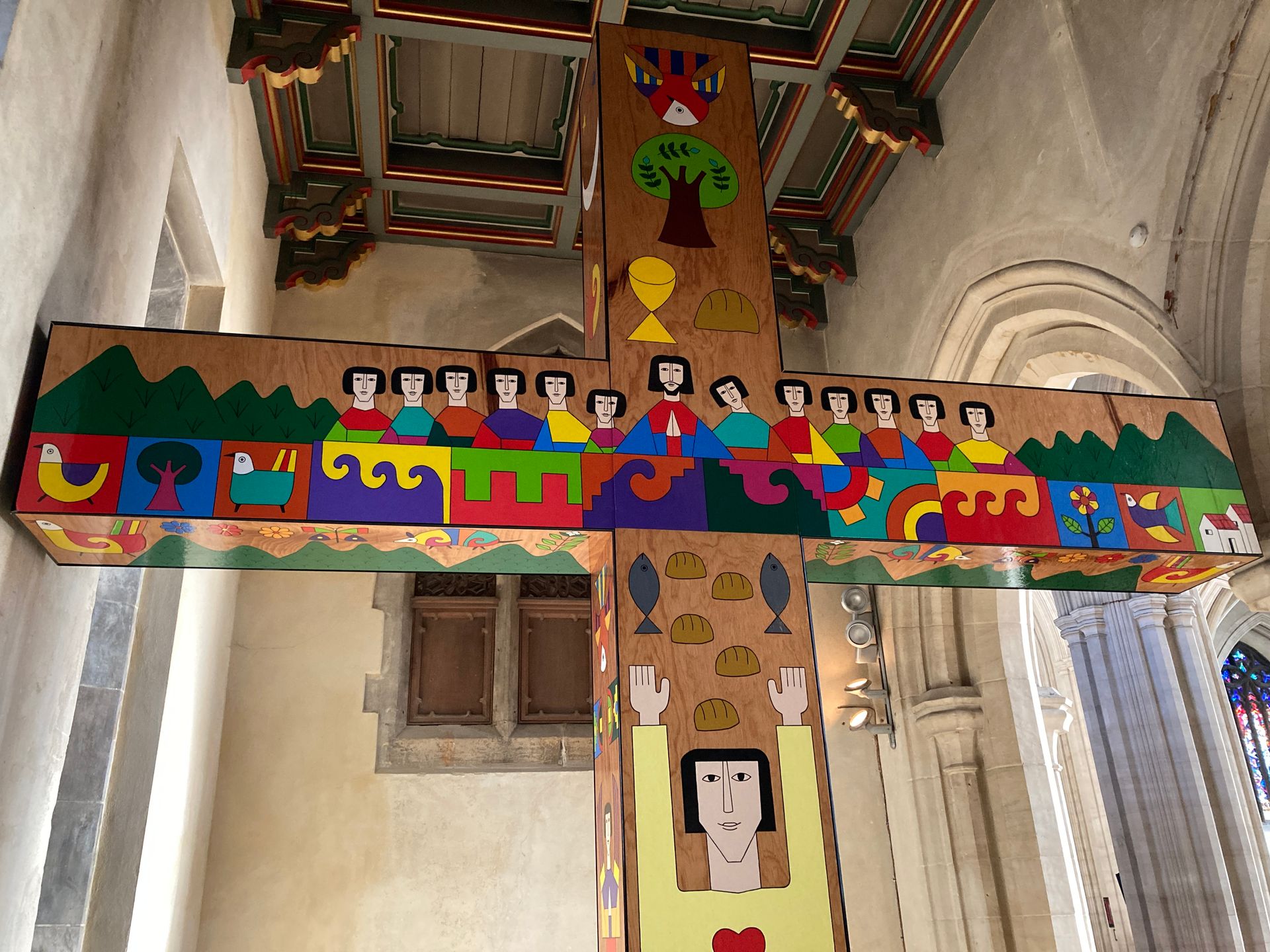
The Shrine of St Oscar Romero, the Cathedral of St George,
Southwark, London
About the route
St Óscar Romero was Archbishop of San Salvador who was murdered because of his criticism of the military government of El Salvador.
The Romero Way is the brief first section of a Pilgrim Way leading from St George's Cathedral in Southwark, London to shrines at Aylesford, Faversham, Canterbury and Ramsgate. Please see the other pages for the second and third sections.
The Way starts at the National Shrine of St Oscar Romero in St George's Cathedral, Southwark and heads east, passing the Church of the Most Precious Blood near Borough Market to Southwark Anglican Cathedral, the start of the second stage of the Southwark route, the Becket Way.
You can find out more about the Way and download the GPX file by clicking on the LEARN MORE tab in the
interactive map below
Guidance
You can use the tabs in this section to find the information you need for your pilgrimage.
The Outer Way provides practical advice about the route.
The Inner Way describes the spiritual highlights.
Using the button below you can download details of the inner and outer ways and the walking guidance and maps.
Route, food & drink, accommodation and public transport
The Way starts at the Shrine of St Oscar Romero in St George's Cathedral, Southwark and heads east, passing the Church of the Most Precious Blood near Borough Market to Southwark Anglican Cathedral, the start of the second stage of the Southwark route, the Becket Way.
There nearest tube station to the start is Lambeth North. The end is very near London Bridge tube and mainline train station. There are good bus services.
There is plenty of budget hotels accommodation nearby and across the River in Aldgate St Wynfrid’s House, the German Catholic Hostel provides cheaper beds: https://wynfridhouse.com/en/
Borough Market beside the Anglican Cathedral provides a cornucopia of gastronomic opportunities. You may wish to celebrate the pilgrimage with a drink at the George, London’s only remaining galleried coaching inn, near to the site of the inn where Chaucer’s pilgrims gathered before setting off for Canterbury.
Public transport links
Trains:
https://www.nationalrail.co.uk/
Buses & tube:
Pilgrim people and places
Óscar Romero (15.8.1917 – 24.3.1980) was a Catholic priest and bishop in El Salvador. He became Archbishop of San Salvador in 1977 and was regarded as a social conservative at the time. However he was deeply affected by the murder of his friend and fellow priest Rutilio Grande and became an outspoken critic of the military government of El Salvador. He spoke out bravely against social injustice and violence amid the escalating conflict between the government and left-wing insurgents that led to the Salvadoran Civil War.
In 1980, Romero was shot dead by an assassin while celebrating Mass. No one was ever convicted for the crime, but investigations by the UN-created Truth Commission for El Salvador concluded that the killing had been ordered by Major Roberto D'Aubuisson, a death squad leader and later founder of the right-wing Nationalist Republican Alliance political party.
Romero was declared a martyr by Pope Francis in 2015 and beatified on 23 May 2015. During his beatification, Pope Francis declared that his "ministry was distinguished by his particular attention to the most poor and marginalized." Pope Francis canonized Romero on 14 October 2018.
The Cathedral of St George, Southwark
The Cathedral was originally built by A.W.N. Pugin in 1841-48 and at the time was the largest Catholic church in England, and the obvious choice of a cathedral for the new Diocese of Southwark, created in 1850. The cathedral contains several important furnishings by Pugin and his son Edward. The building was badly damaged by wartime bombing and rebuilt in a different form by Romilly Craze. The new design is impressive, but the non-completion of the tower diminishes the impact.
On the right side of the nave is the Archdiocesan Shrine to St Oscar Romero, a large and colourful reliquary cross, decorated in South American style. It holds relics belonging to Saint Oscar Romero, namely his skull-cap (zuchetto) and a piece of the vestment that he was wearing when he was assassinated in 1980 whilst saying Mass in San Salvador. The shrine was blessed on 19th September 2013 by Archbishop Peter Smith.
The Church of the Most Precious Blood
The site was bought from the Anglican Diocese of Winchester in 1890 and the Church was built in 1891-92. It was built cheaply because the congregation was mostly poor Irish and Italian immigrants, but it is still an attractive and impressive building in a simple Romanesque style. Inside there is a giant painted timber baldacchino over the stone high altar, modelled those in Roman basilicas.
The parish was run by the Salvatorian Order for many years but is now in the care of the Ordinariate of Our Lady of Walsingham. The interior has been recently redecorated.
The Anglican Cathedral of St Saviour & St Marie Overie
A verbal tradition suggests that the first Christian establishment was a community of nuns in the 7th century, but the first written reference is the mention of a 'minster' in the Domesday Book of 1086. In 1106 the Church was 're-founded' by two Norman knights as a priory, whose members, known as ‘canons,’ lived according to the rule of St Augustine of Hippo. The Church became known as St Mary Overie ('over the river'). On 11th December 1170 Archbishop Thomas Becket preached his final sermon in London at the Priory before his martyrdom in Canterbury Cathedral on 29 December. The canons built a hospital dedicated to St Thomas Becket of Canterbury and the pilgrimage route to his shrine in Canterbury began at Southwark. The magnificent wooden screen was erected in 1520 but the carvings are from much later. One commemorates Becket.
At the Dissolution of the Monasteries in 1539, the canons were forced out, although they continued to live in buildings north of the church. The Church became the property of Henry VIII and was re-named St Saviour's. In the late 19th Century it was proposed that a new diocese should be created for the population of South London, and a new nave was built. St Saviour's Church became Southwark Cathedral in 1905.
The Romero Prayer
The following prayer was composed by the late Bishop Ken Untener of Saginaw and has become closely associated with St Oscar Romero.
It helps, now and then, to step back and take the long view. The Kingdom is not only beyond our efforts; it is even beyond our vision.
We accomplish in our lifetime only a fraction of the magnificent enterprise that is God’s work.
Nothing we do is complete, which is another way of saying that the kingdom always lies beyond us.
No statement says all that could be said. No prayer fully expresses our faith. No confession brings perfection. No pastoral visit brings wholeness. No program accomplishes the church’s mission. No set of goals and objectives includes everything. This is what we are about.
We plant the seeds that one day will grow. We water the seeds already planted, knowing that they hold future promise. We lay foundations that will need further development. We provide yeast that produces effects far beyond our capabilities.
We cannot do everything and there is a sense of liberation in realizing that. This enables us to do something and to do it well. It may be incomplete, but it is a beginning, a step along the way, an opportunity for the Lord’s grace to enter and do the rest. We may never see the end results, but that is the difference between the master builder and the worker.
We are workers, not master builders; ministers, not messiahs.
We are prophets of a future not our own.
ABOUT THE ARCHDIOCESE OF SOUTHWARK
In 1850, Pope Pius IX restored the Catholic hierarchy in England and Wales and created thirteen dioceses. As part of this restoration, the Diocese of Southwark was established covering much of southern England - London south of the Thames, Surrey, Kent, Sussex, Berkshire, southern Oxfordshire, Hampshire and the Channel Islands.
By the later 1800s, it had become clear that the Diocese of Southwark was too large and so in 1882, Pope Leo XIII created the Diocese of Portsmouth from the Diocese of Southwark. Hampshire, South Oxfordshire, Berkshire, and the Channel Islands became part of the new Diocese.
On 28th May 1965, Pope Paul VI created a new Diocese of Arundel & Brighton from part of the Diocese of Southwark. East and West Sussex and Surrey (outside of the London boroughs) became part of this new Diocese. On the same date, the Diocese of Southwark was elevated to a Metropolitan See and its bishops became Archbishops.
